What is the tolerance range of precision screws?
What is the tolerance range of precision screws?
Service Hotline
+86760-8787 8587We have more than ten years of experience in screw industry production, the main products are: wall hanging heavy-duty bolts, car bolts, tensioner wire rope tensioner screws, round hole square washers, combination screws and bolts, aluminum alloy models, flower teeth, hand-tightening Nickel-plated cap nuts, tooth rod pressure plate screws, countersunk head bolts, multi-drum stainless steel rivets, 304 national standard stainless steel screws, marine hardware lifting ring screws, screw link joints, DIN580 screws and other fasteners, due to product materials and specifications Each is different and the price is also different, please contact us if you need it.


Fasteners such as bolts and rivets are called the rice of industry, and they are used in infrastructure construction, equipment machinery, automobile manufacturing, electronic information, aerospace and other industries. According to the mechanical properties of fasteners, fasteners are divided into high-strength fasteners and ordinary fasteners. At the end of the 20th century and the beginning of the 21st century, with the rapid development of the economy, the demand for anti-seismic and anti-loose fasteners surged. Although the fasteners are small, their quality and reliability play an important role in the performance and structural safety of the main engine. Incredible.
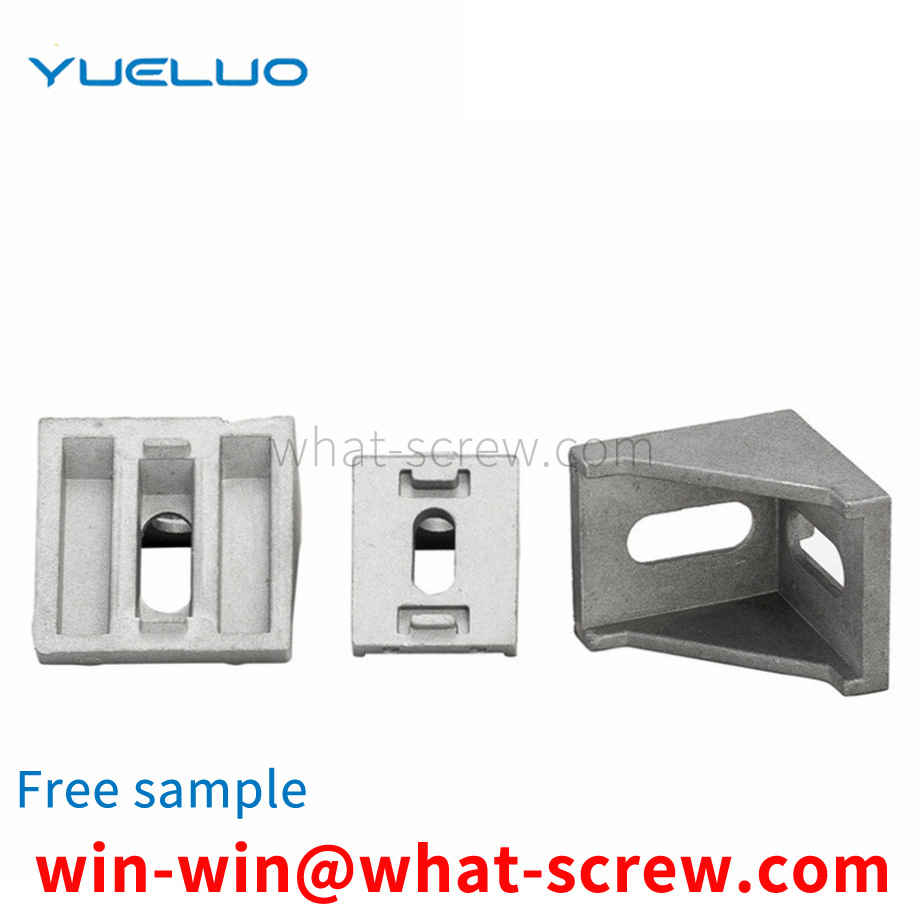
In general, the electroplating of combination screws generally refers to the de-plating of iron combination screws. Electroplating is divided into environmental protection and non-environmental protection. Commonly used combination screw electroplating colors include green color zinc, green blue zinc, green white zinc, green nickel, red color, white zinc, white nickel, etc. Cross recessed combination screws, hexagonal combination bolts and self-tapping combination screws are used in the same way as the corresponding cross recessed screws, hexagon head bolts and self-tapping screws. The main feature of these combination screws is that they are equipped with corresponding washers, which are very convenient to use.
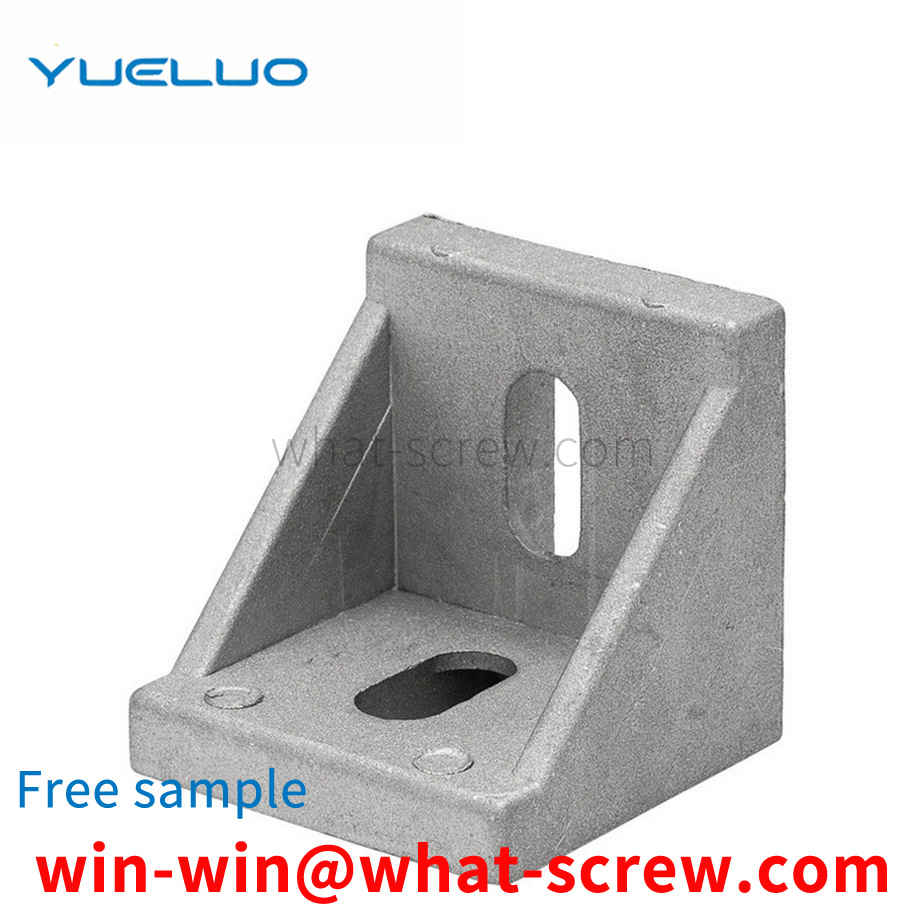
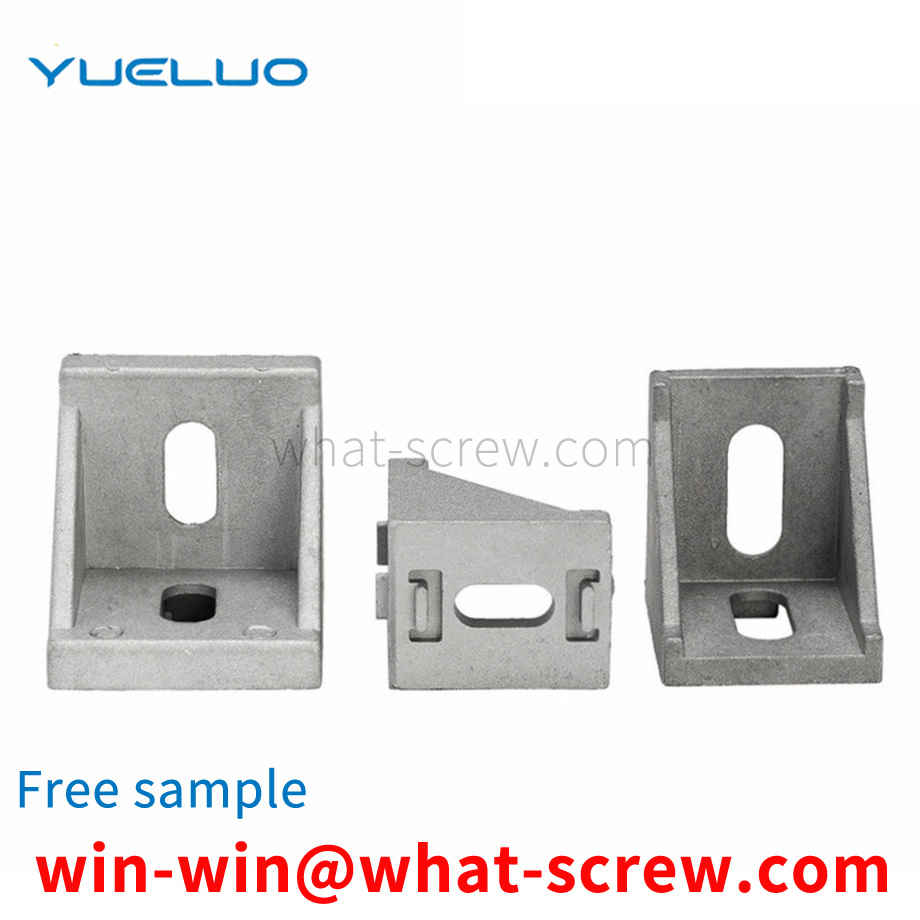
The process of removing iron oxide plate from cold heading steel wire rod is stripping and dephosphorization. There are two methods: mechanical dephosphorization and chemical pickling. Replacing the chemical pickling process of wire rod with mechanical phosphorus removal not only improves productivity, but also reduces environmental pollution. This phosphorus removal process includes bending method (the round wheel with triangular grooves is commonly used to repeatedly bend the wire rod), spray nine method, etc. The phosphorus removal effect is good, but the residual iron and phosphorus cannot be removed (the removal rate of iron oxide scale is 97%) ), especially when the iron oxide scale is very sticky, therefore, mechanical phosphorus removal is affected by iron scale thickness, structure and stress state. Carbon steel wire rods used for low strength fasteners (less than or equal to 6.8) High-strength bolts (greater than or equal to grade 8.8) use wire rods to remove all iron oxide scales after mechanical dephosphorization, and then go through a chemical pickling process for compound dephosphorization. For low carbon steel wire rods, the iron sheets left by mechanical dephosphorization are likely to cause uneven wear of grain draft. When the grain draft hole adheres to the iron sheet when the wire rod rubs against the external temperature, the surface of the wire rod produces longitudinal grain marks. More than 95% are caused by scratches on the surface of the steel wire during the drawing process. Therefore, the mechanical phosphorus removal method is not suitable for high-speed drawing.
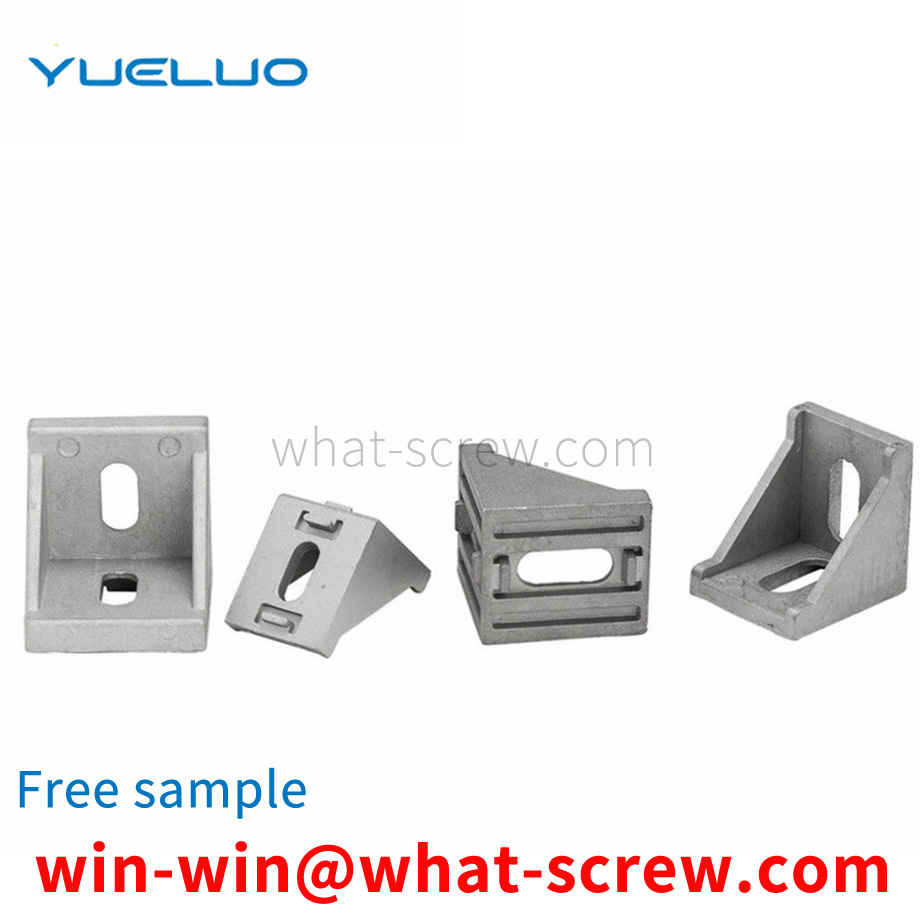
In terms of screw standard specification broadcast, there are two versions of the national standard, one is GB70-76, the 76 version, and the other is GB70-8585 version. Our company is now implementing the DIN912 standard, so it should be paid attention to in actual business operations. Difference: GB70-85 and DIN912 completely overlap, so there is no difference in the use of the new standard, mainly because there is a difference between GB70-76 and DIN912: M8 series hexagon products, GB70-76 round head diameter It is 12.5MM, which is smaller than 13.27MM of DIN912. For M10 series inner hexagon products, the round head diameter of GB70-76 is 15MM, which is smaller than 16.27 of DIN912. The inner hexagon of M12 series, the round head of GB70-76 The diameter is 18MM, which is smaller than the opposite side of DIN912, which is 18.27. In addition, the round head diameter of the inner hexagon GB70-76 of M16 and M20 series is 0.33MM smaller than that of DIN912, which are 24MM and 30MM respectively. DIN912 is 24.33MM and 30.33MM respectively. In addition, the width of the inner hexagon between the old standard and the German standard is different due to different standards. The inner side of GB70-76 is smaller, and it should be paid attention to in business operations. In addition, there are also some differences in the carriage screws that may be used at ordinary times. I will also make an explanation here. In the national standard, there are two standards for carriage screws, namely GB12 (small semicircular head square neck screw) and GB14 (large semicircular head square neck screw) Neck screws), and the German standard DIN603 is usually more commonly used in the market. Now to distinguish these three: for the round head and neck, when comparing the same specifications: GB12
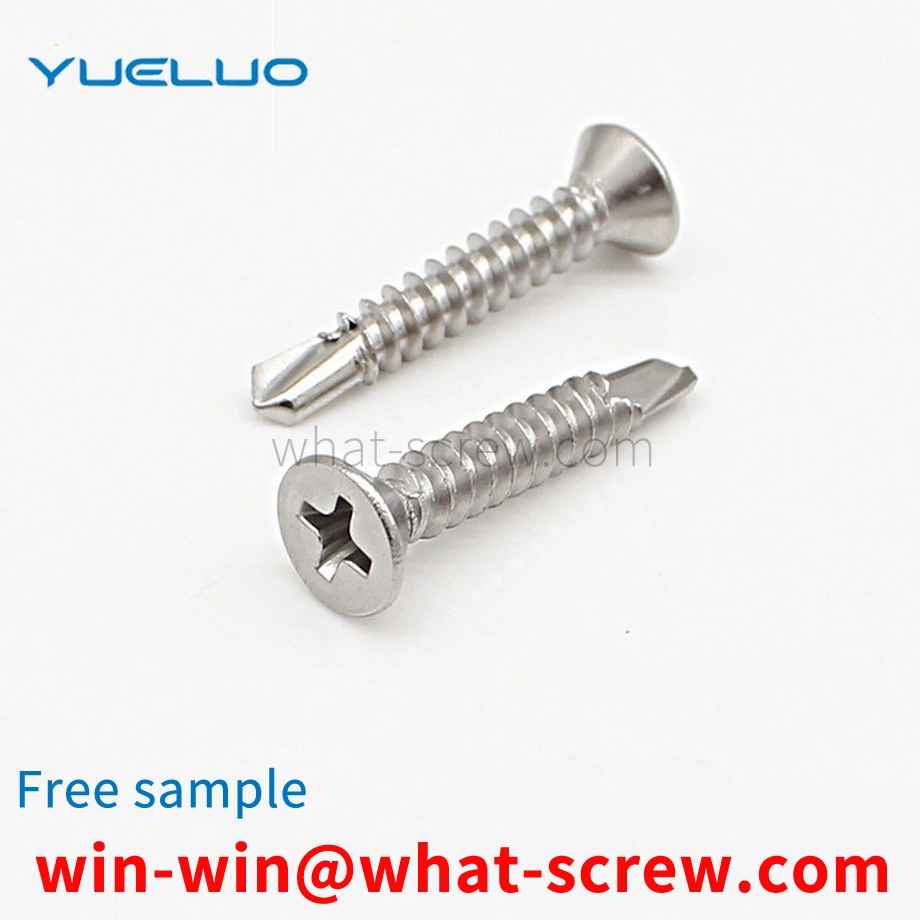
The above content is uploaded by Yueluo or the Internet. If there is any copyright issue, please contact [email protected].

What is the tolerance range of precision screws?

How to choose the right stainless steel screw manufacturer?

Why is there an R angle under the head of the hexagon head s...

We have more than ten years of production experience in the ...

We have more than ten years of experience in the production ...

We have more than ten years of experience in the production ...

We have more than ten years of experience in screw industry ...